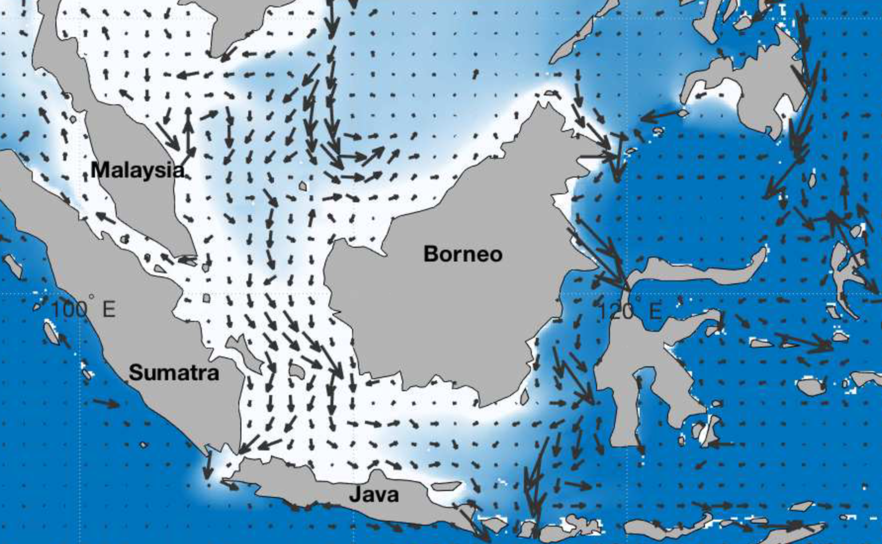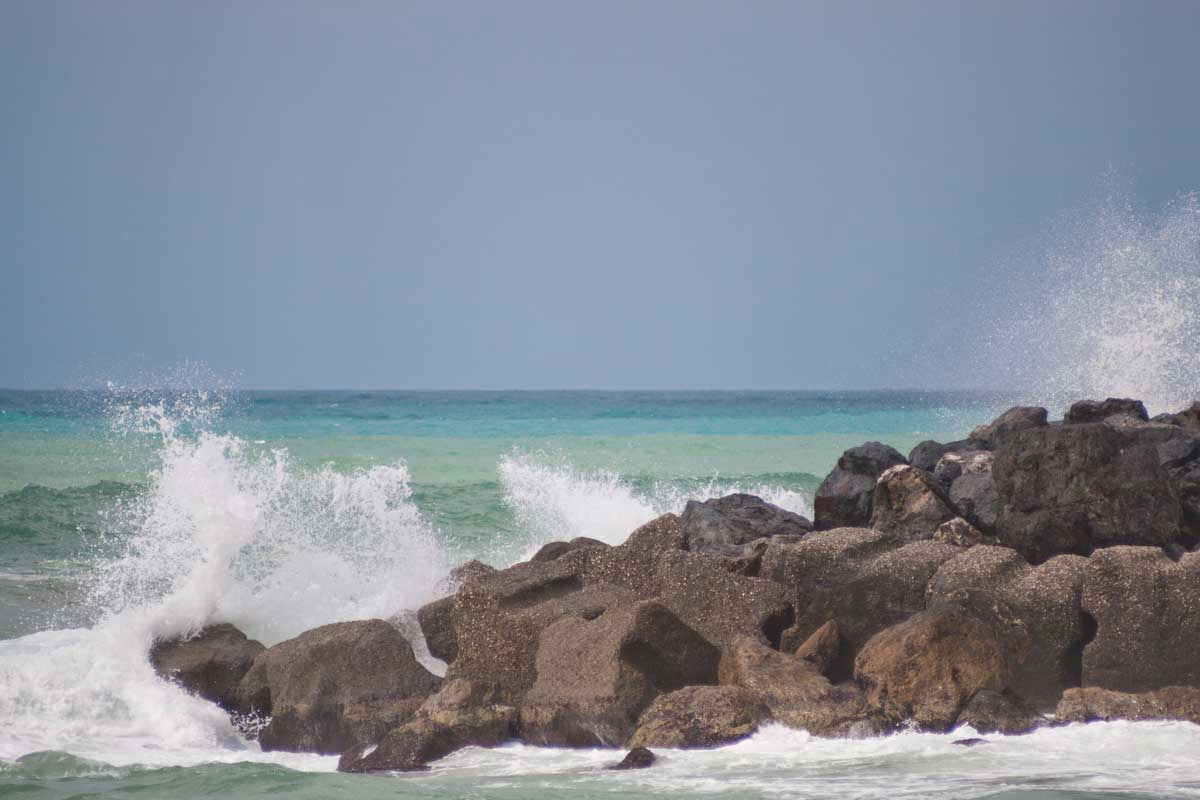Action areas
FLAME identifies five broad sets of interlinked activities that must be collectively addressed by its partners throughout the UN Ocean Decade, in multiple regional coastal ocean environments:
-
Assess the performance of future coastal ocean projections
- Understanding and quantifying the strengths and limitations of different downscaling and regional Earth System Modelling approaches
- Assessing the performance of current CMIP and other global models in the coastal ocean
- Understanding the multiple causes of model uncertainty and how to reduce them
-
Develop new and strengthen existing regional Earth System Models
- Improving model resolution and developing multi-scale approaches
- Improving the representation of physical, biogeochemical, ecosystem, and sedimentary coastal ocean processes, including forcing, bathymetry and parameterisations
- Working to improve model coupling (land-ocean-atmosphere-cryosphere-seabed) and thereby also process fidelity
-
Develop new downscaling approaches and improve hazard information products
- Advancing downscaling ability using dynamical models and statistical approaches
- Establishing computationally cheap and rapidly deployable downscaling tools
- Improving probabilistic hazard assessments, vulnerability functions and indicators on relevant regional-local scales
-
Advance observation-model co-analysis and data assimilation
- Drawing together coastal ocean observations to create snapshots of the current state of the Global Coastal Ocean that can be used to ground-truth regional models and identify process interactions and the scale of natural variability and trends
- Calibrating and validating regional Earth System Models against coastal observations
- Developing data assimilation methodologies that improve climate projections
-
Improve understanding of the global coastal oceans response to future climate
- Identifying regime shifts and tipping points
- Identifying the primary drivers of future change
- Disentangling the impacts of anthropogenically forced climate change, natural climate variability and the consequences of direct human activity
- Identifying ‘hotspot’, local, regional and global scale climate and ecosystem impacts and vulnerabilities




